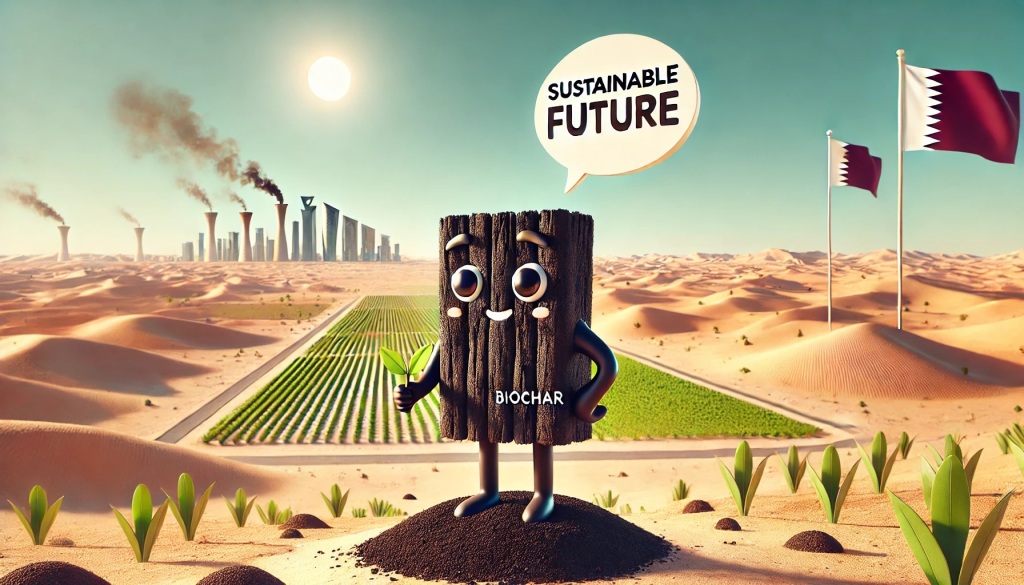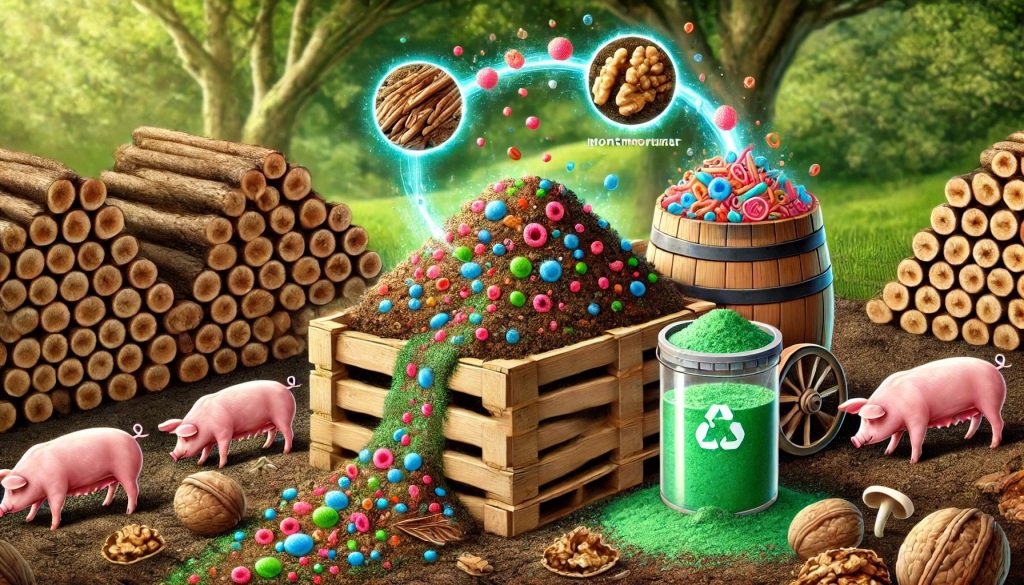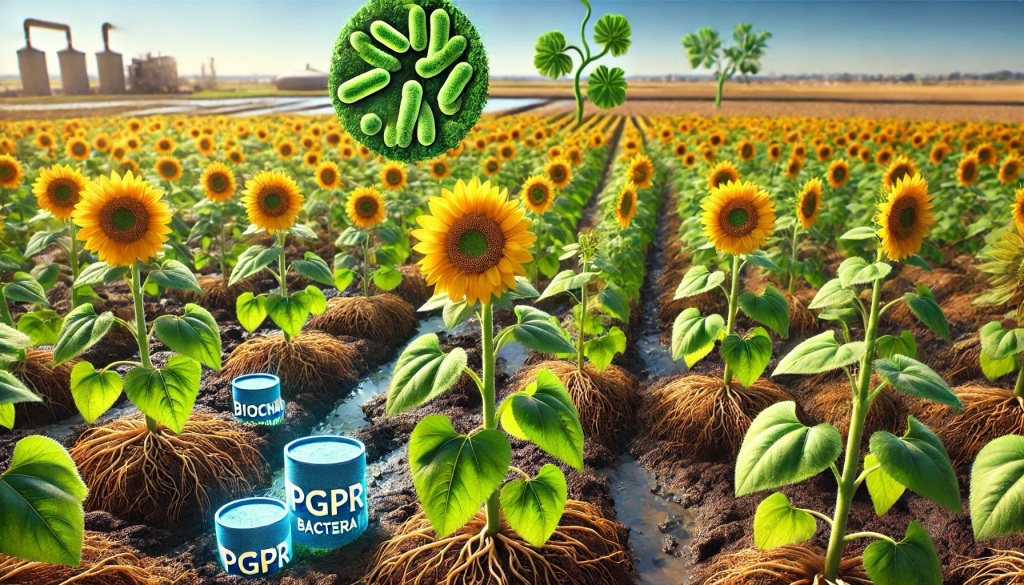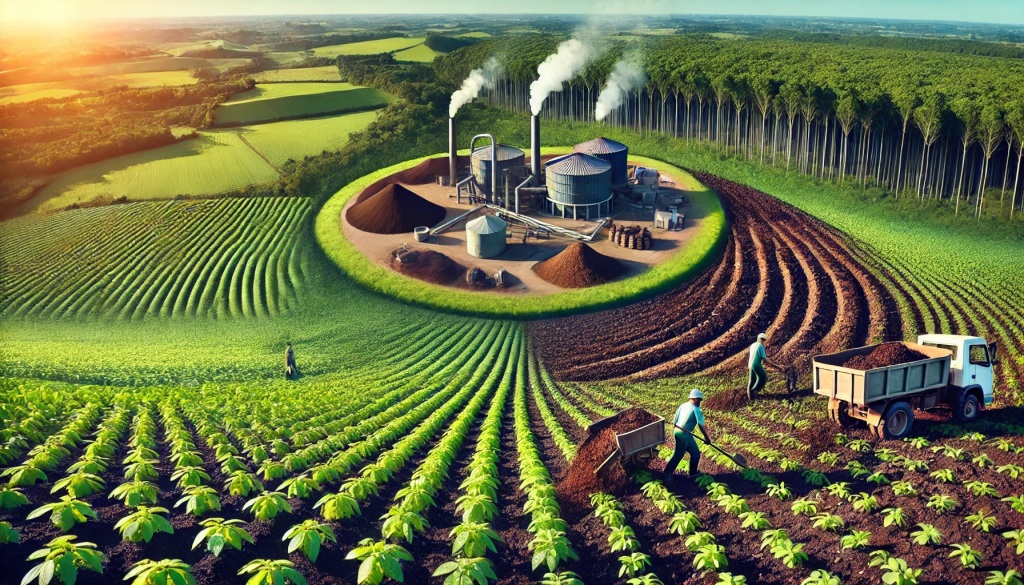
Biochar Production Potential Through Pyrolysis in Qatar, Chemical Engineering Transactions, 109, 229-234 https://www.cetjournal.it/index.php/cet
Qatar produces approximately 830,000 tons of poultry litter annually, necessitating a sustainable waste management solution. A recent study investigates the feasibility of converting this litter into biochar through pyrolysis, focusing on its physicochemical properties and economic potential. Pyrolysis, which involves heating the litter in an oxygen-deficient environment, was examined at two temperatures: 250°C and 500°C. Results indicate that at 250°C, biochar yields can reach up to 50%, while at 500°C, yields drop to 31% due to increased bio-oil and syngas production.
Poultry litter’s composition, including 60% volatile matter and 16% fixed carbon, makes it a viable candidate for biochar production. The study’s economic analysis suggests that Qatar could potentially generate up to 346,628 tons of biochar annually at 250°C, translating to approximately $69 million in revenue. At 500°C, despite lower biochar yields, the higher production of bio-oil, which has a greater market value, could result in a more profitable outcome with an estimated revenue of $43.9 million annually.
This research highlights the significant potential for biochar production from poultry litter in Qatar, offering an environmentally and economically beneficial waste management solution. Future investigations are encouraged to optimize pyrolysis conditions and assess other influencing factors such as feedstock size, reactor design, and residence time to enhance biochar quality and yield. The findings support the viability of adopting pyrolysis for sustainable poultry litter management, contributing to soil enrichment and carbon sequestration in arid regions like Qatar.






Leave a comment